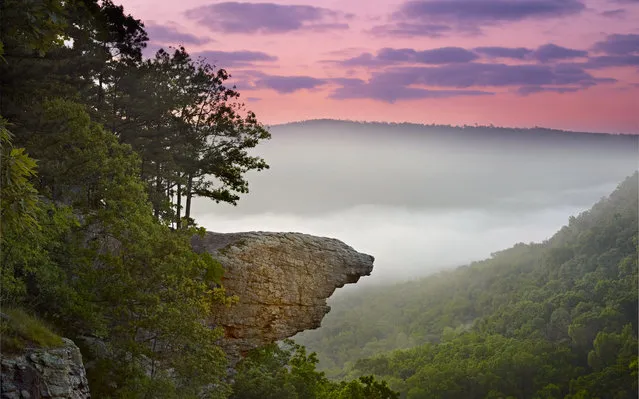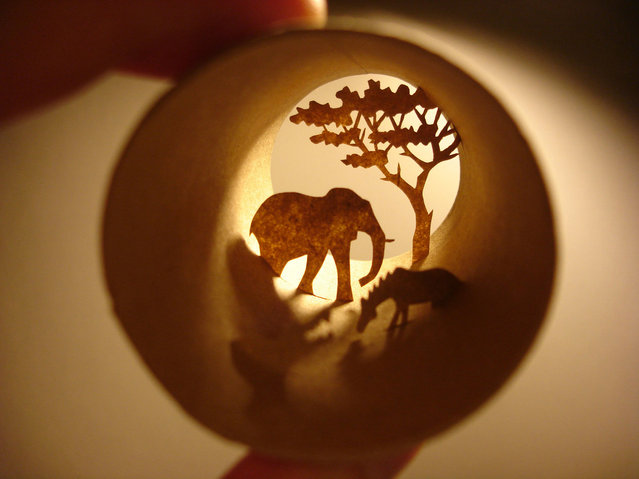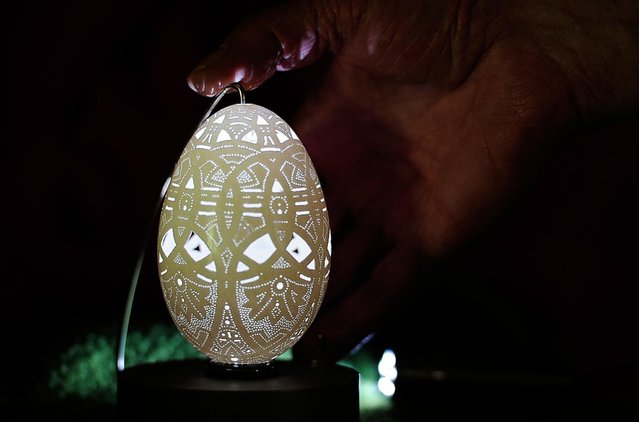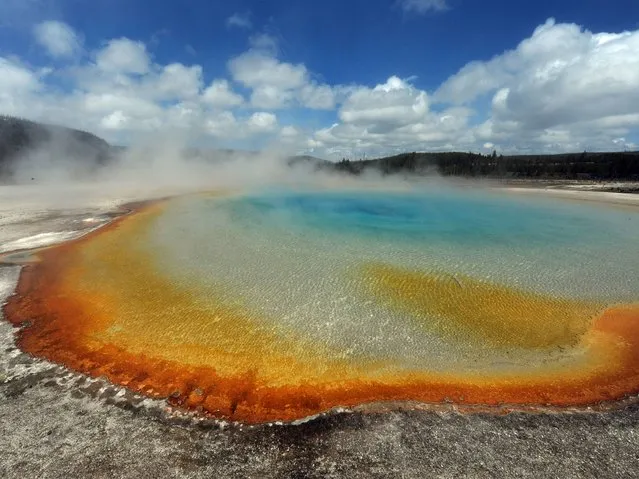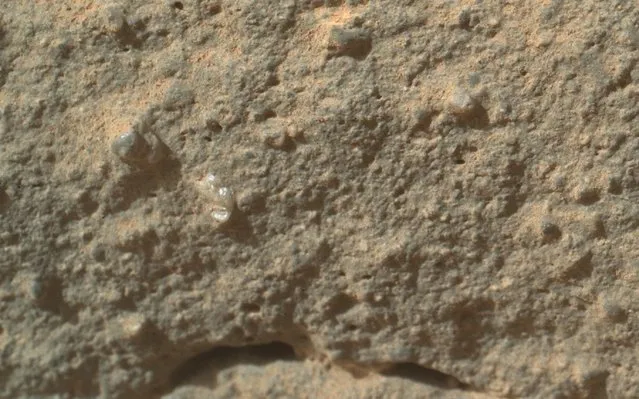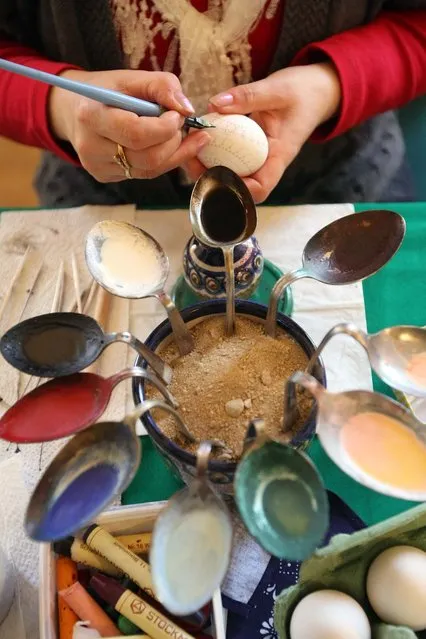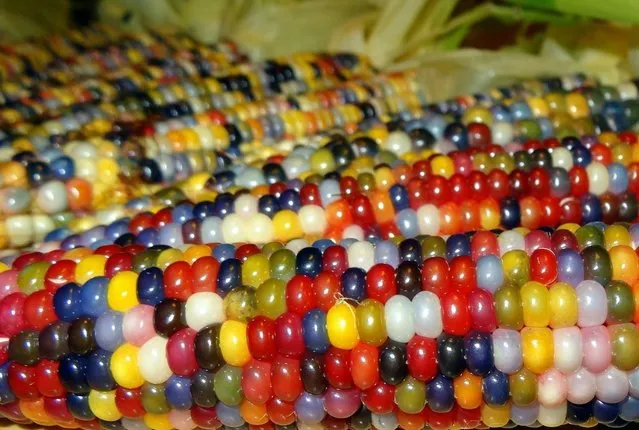
A stunning variety selected by Carl Barnes, a part-Cherokee farmer and breeder, from several traditional corn varieties. Given to NS/S by one of his students, Greg Schoen. Produces a diversity of gorgeous translucent, jewel-colored ears, each one unique. A popcorn, the kernels may be ground into cornmeal or popped. This corn became an Internet sensation in 2012.
05 Nov 2013 13:59:00,post received
0 comments

